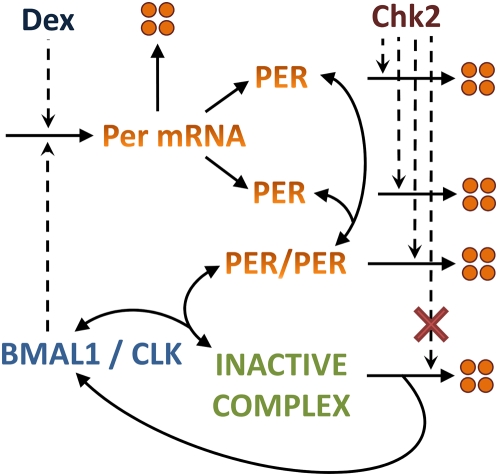Figure 1. Molecular wiring diagram of the simple circadian clock network.
For simplicity of the model, we only deal with PER protein, and treat PER1, PER2, and PER3 as same proteins. We assume that PERs exist in monomers, dimers, and complex with the BMAL1/CLK. We also assume that the BMAL1/CLK is inactive when bound to PER forming a negative feedback loop. A pulse of Dex activates the transcription of Per in addition to the BMAL1/CLK. Chk2 does not affect the PERs that are bound to the BMAL1/CLK, which accounts for the unique phase response upon DNA damage.

